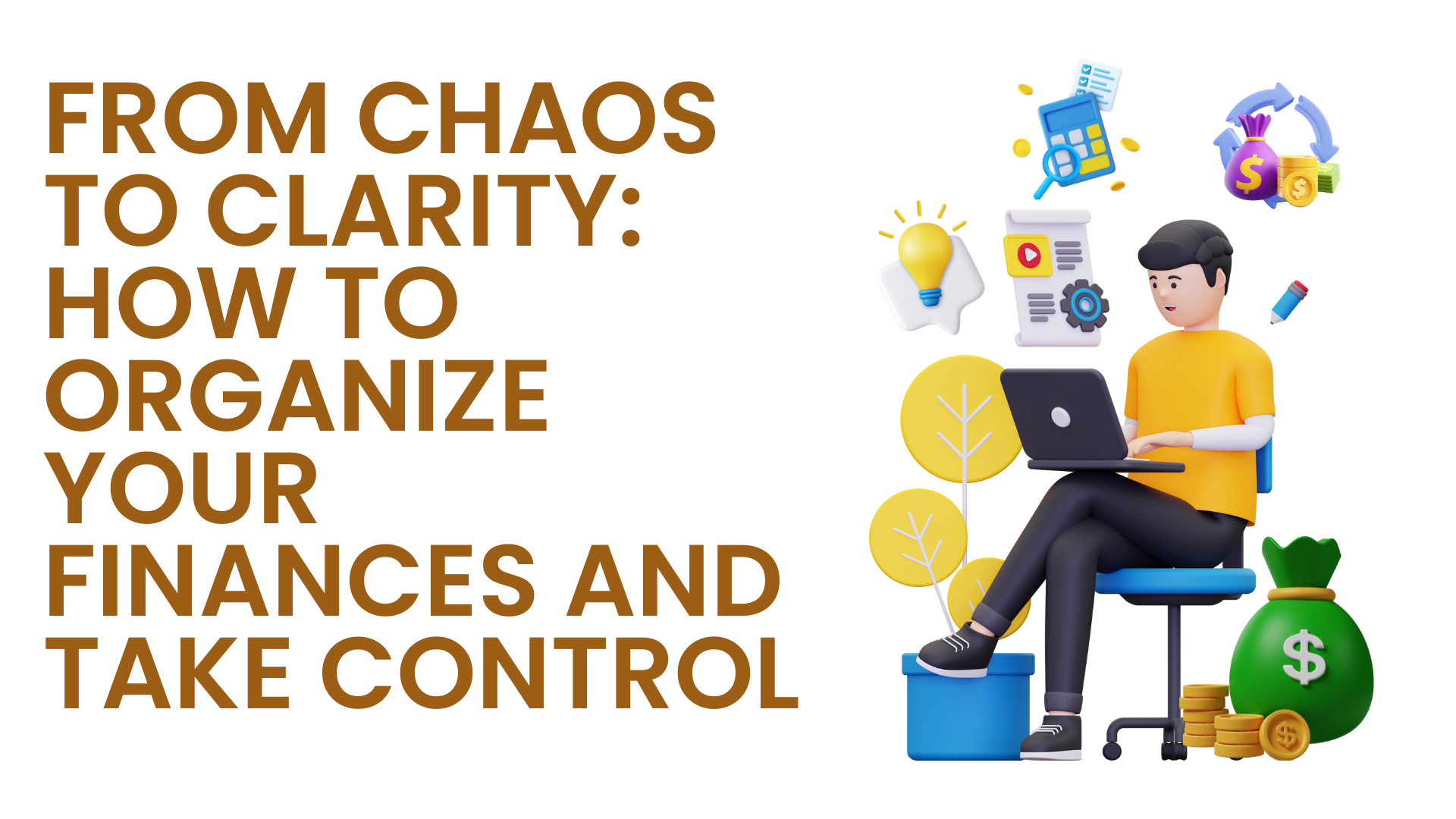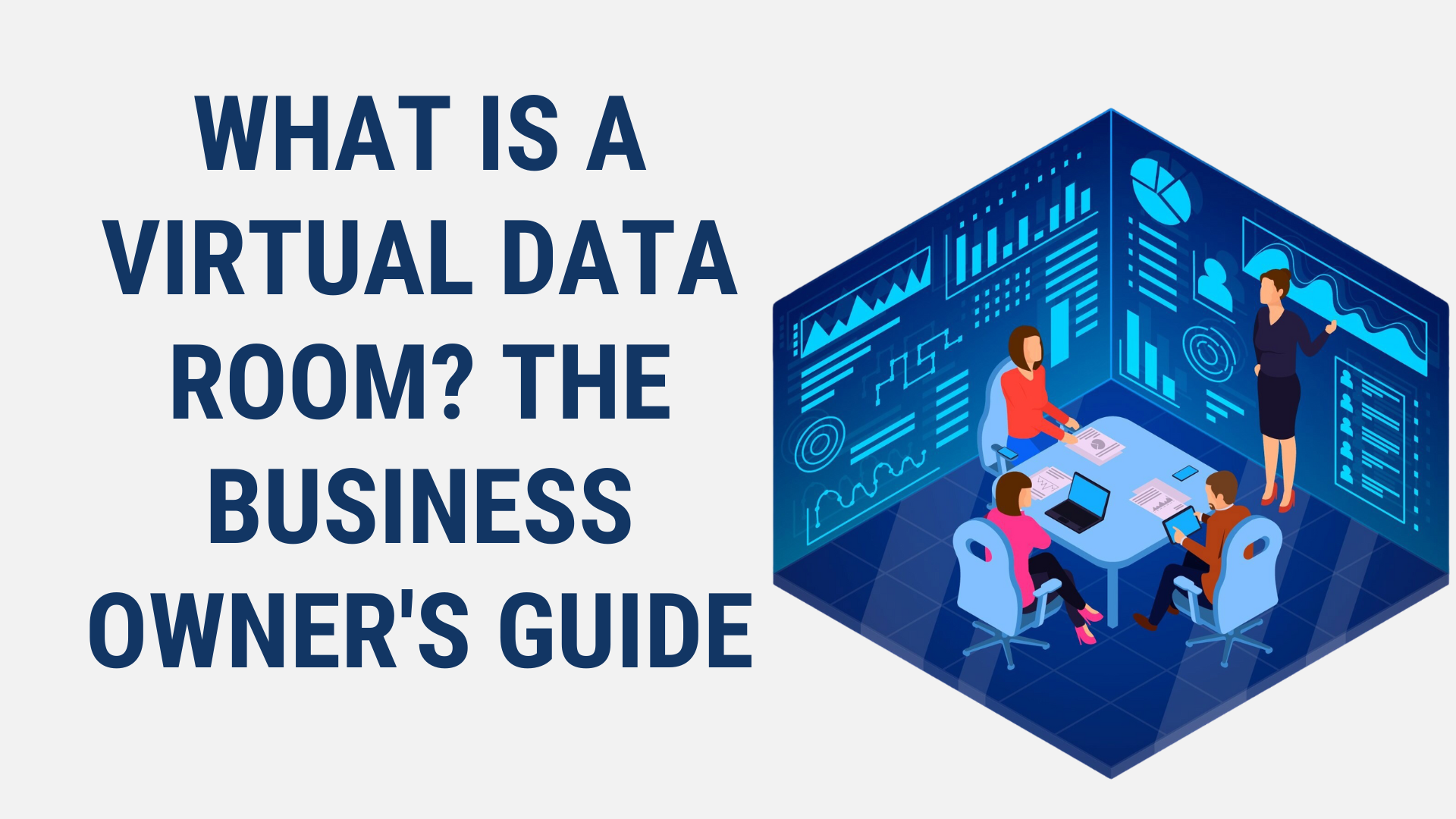Keeping track of your money can feel overwhelming. One week you're fine, and the next you're wondering where it all went. Without a system, it's easy to lose sight of what you're spending, saving, or sending. That confusion leads to stress. You don’t need fancy spreadsheets or an expert background to get started. With the right approach and the support of easy-to-use mobile platforms, it’s possible to manage your accounts, save with purpose, and even send money securely, all without making the process more complicated than it needs to be.
Here are some practical steps to help you organize your money, build confidence, and feel more in control:
Know What You’re Working With: Take Inventory of All Accounts
The first step to getting organized is knowing where you stand. That means taking stock of every account tied to your name, like current accounts, savings accounts, credit cards, and loans. Write down your balances. List what you owe and what you have. Doing this gives you a full view of your money situation. Add it up and subtract your debts from your available funds. That’s your net total. Track this monthly. Over time, you’ll see progress, and it will help you make better choices. When you skip this step, you make guesses instead of informed decisions. It takes less than an hour, but it can shift how you see your entire spending pattern.
Make Your Money Move Smarter with the Right Support
Organizing your money isn't just about tracking. It’s about having the right support in place. Online financial platforms like SoFi make it easier to manage your cash by combining savings, payments, and even debt planning in one place. Their platform allows users to move money securely, whether you’re paying someone back or transferring funds between accounts. Visit https://www.sofi.com/learn/content/how-to-send-money/ to learn how fast, simple, and safe it can be to send money. You don’t need to switch between multiple services to get it done. This ease removes friction and helps people keep better control of daily habits. Less stress means smarter decisions and stronger confidence moving forward.
Create a Budget That Matches Your Life (Not Someone Else’s)
Your budget should fit how you live, not how someone else thinks you should live. Many people try strict templates and then give up when they can’t stick to them. Instead, divide your spending into three categories: needs, goals, and fun. Keep it simple. If you find that your spending on extras gets too high, adjust. Review your numbers every few weeks and see what works for you. If you prefer mobile apps, many offer clean layouts that make this step less intimidating. Don’t chase perfection. Focus on consistency. When your budget reflects your habits, it’s easier to follow and adjust without guilt or pressure.
Cut the Noise: Unsubscribe, Cancel, and Simplify
Sometimes the easiest way to stay organized is by reducing clutter. Unsubscribe from promo emails that push unnecessary buying. Review your subscriptions and ask yourself: Do you really use all of them? Cancel the ones you haven’t touched in weeks. This also includes any extra charges for apps or services you forgot about. Go through your bank statement line by line. Simplifying doesn’t mean giving up what you enjoy—it means keeping what you truly use. Less distraction helps you focus on priorities. Set up alerts so you get notified before any auto-renewal. This keeps things clear and avoids surprise deductions that throw off your monthly plan.
Set Clear, Actionable Goals (Short-Term and Long-Term)
Start with one small goal. Maybe it’s saving $100 by the end of the month. Or paying off one credit card within six weeks. The key is to keep it specific and trackable. Once you hit that, build on it. Your longer-term goals, like saving for a holiday or clearing all debts, become easier when you break them down. Write your goals where you can see them. Don’t just say “I want to save more.” Say, “I’ll save $25 each week.” Having targets helps your choices line up with your priorities. Track your progress every month. Celebrate small wins. They add up and build strong habits over time.
Build an Emergency Buffer (Even if It’s Just $10/Week)
Unexpected costs can throw your whole routine off. A flat tire, medical bill, or broken appliance hits harder when you don’t have savings set aside. Start small. Set aside $10 or $20 a week in a separate account. Label it clearly—“emergency only.” Use automatic transfers to keep it consistent. The goal isn’t to build a huge reserve overnight. It’s to form a habit. Over time, that small weekly deposit turns into a cushion that protects your budget from sudden hits. Avoid touching this money unless it’s truly needed. Knowing you have something set aside reduces stress and helps you stay focused on other short- and long-term plans.
Automate What You Can—Then Review Regularly
Automation removes the pressure of remembering due dates. Set up automatic payments for regular bills like rent, phone, and utilities. If possible, automate transfers to your savings and loan repayments. This helps you stay on track without needing constant reminders. But don’t ignore your accounts just because things run in the background. Check in weekly. Look at what went out, what came in, and what’s coming up. This balance between automation and regular reviews creates a system that’s both stable and flexible. You avoid late charges and stay aware of your spending patterns. It only takes 15 minutes a week to keep your setup in check.
Getting your finances in order isn’t about one big move. It’s a mix of small, steady steps that add up over time. You don’t need to chase complex trends or master every budgeting method. What matters most is knowing where your money is going, using simple systems, and making regular time to check in. Whether you’re reducing debt, saving for something special, or just trying to feel less stressed, each step you take brings more confidence. With the right tools, steady habits, and a focus on what matters to you, it becomes much easier to move from confusion to control and stay there.
















Post Comments